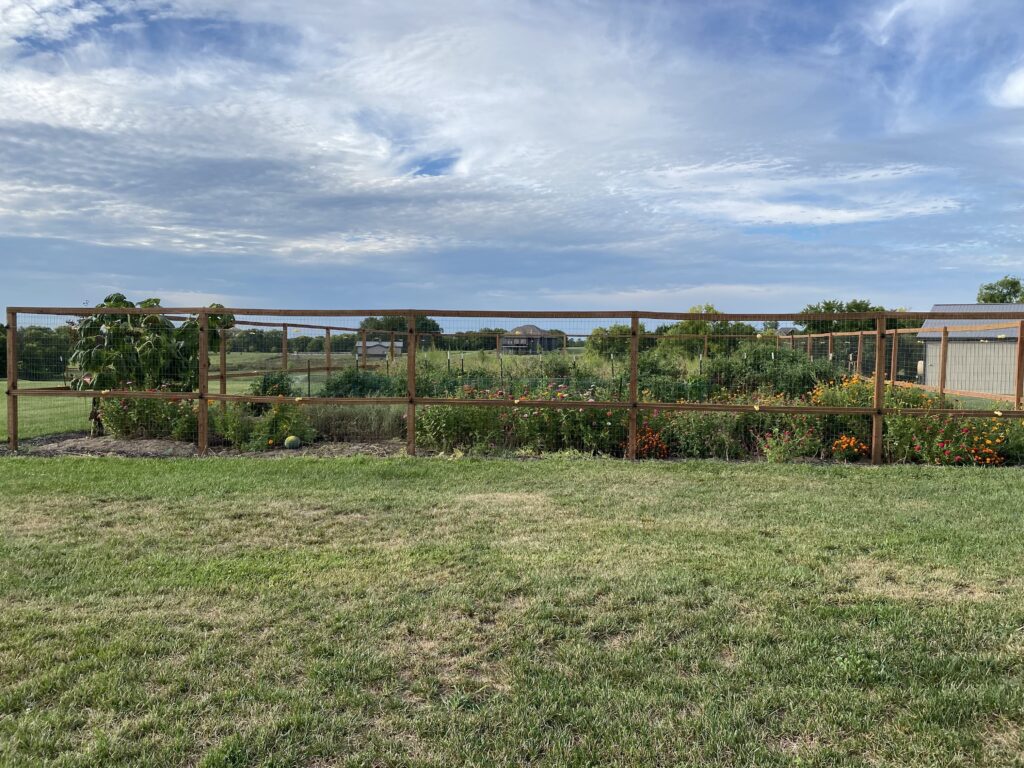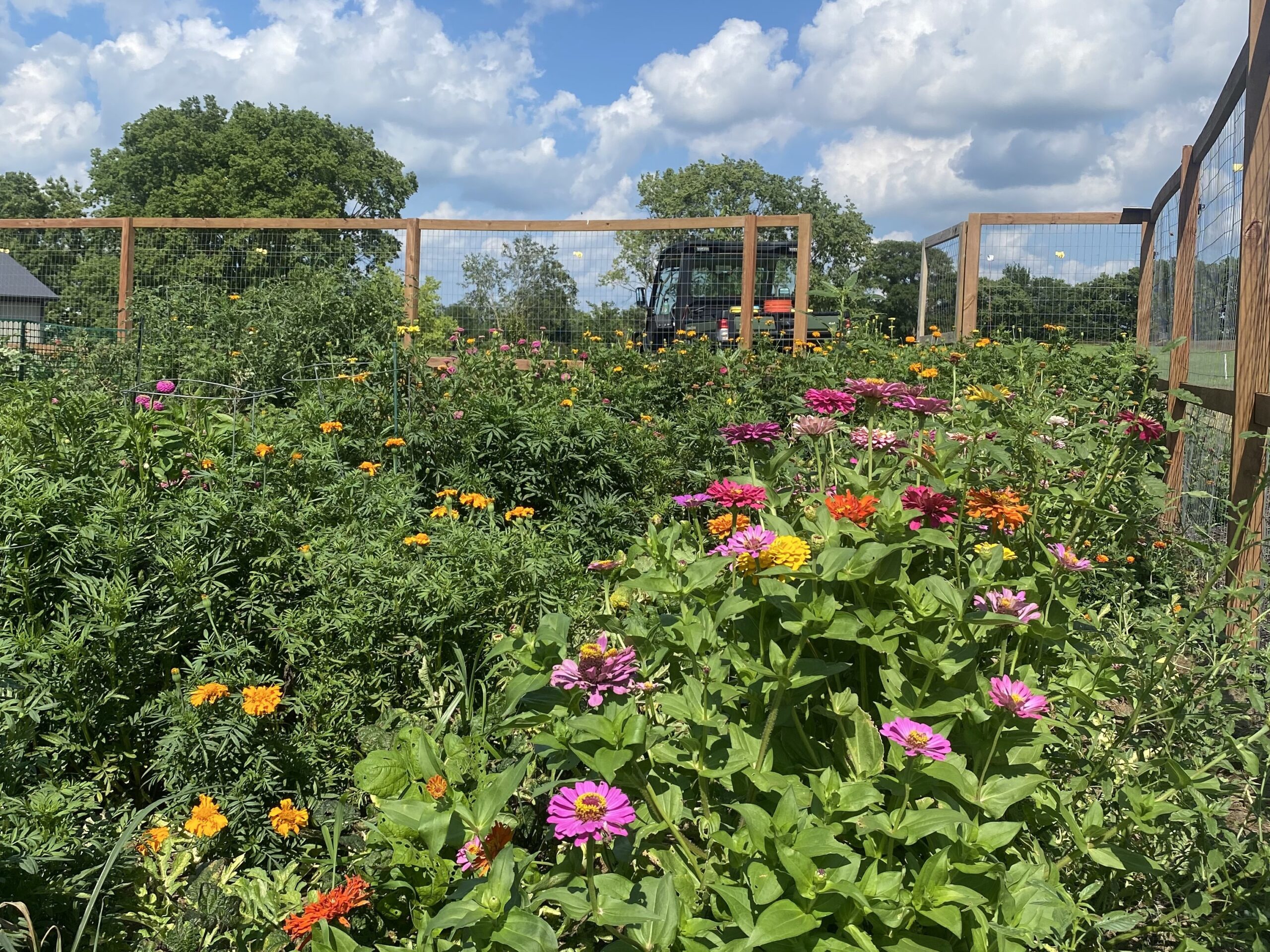Last year, as spring approached and gardening season was about to begin, I got — well, there isn’t really a better way to put this — I got a bit lazy about it.
Good gardening stewardship says you need to clear out all the dead brush from the previous year’s harvest. Removing things like weeds and dead vegetation helps prevent insect pests from overwintering in the debris, making their grubby little homes in there and emerging in the summer to annoy you and make your gardening life more difficult.
We just tilled it all under and called it a day.
There were several consequences.
The first being an unprecedented number of Giant Green June Beetles, which buzzed around my garden the entire month of July and – while they didn’t do much actual damage – are aerially challenged and therefore being in the garden meant being constantly pelted by giant dumb beetles that can’t fly in a straight line. This did not make my garden a very zen place.
The second being potato bugs making their first-ever appearance, which required quite a bit of extra work to keep my potatoes in tip-top shape. This was disappointing, because potatoes had formerly been one of the easiest crops in my garden, second only to onions.
But it wasn’t all bad.
Because there were the volunteers.
Those thousand of dried zinnia and marigold plants we tilled over? I had a veritable forest of flowers.
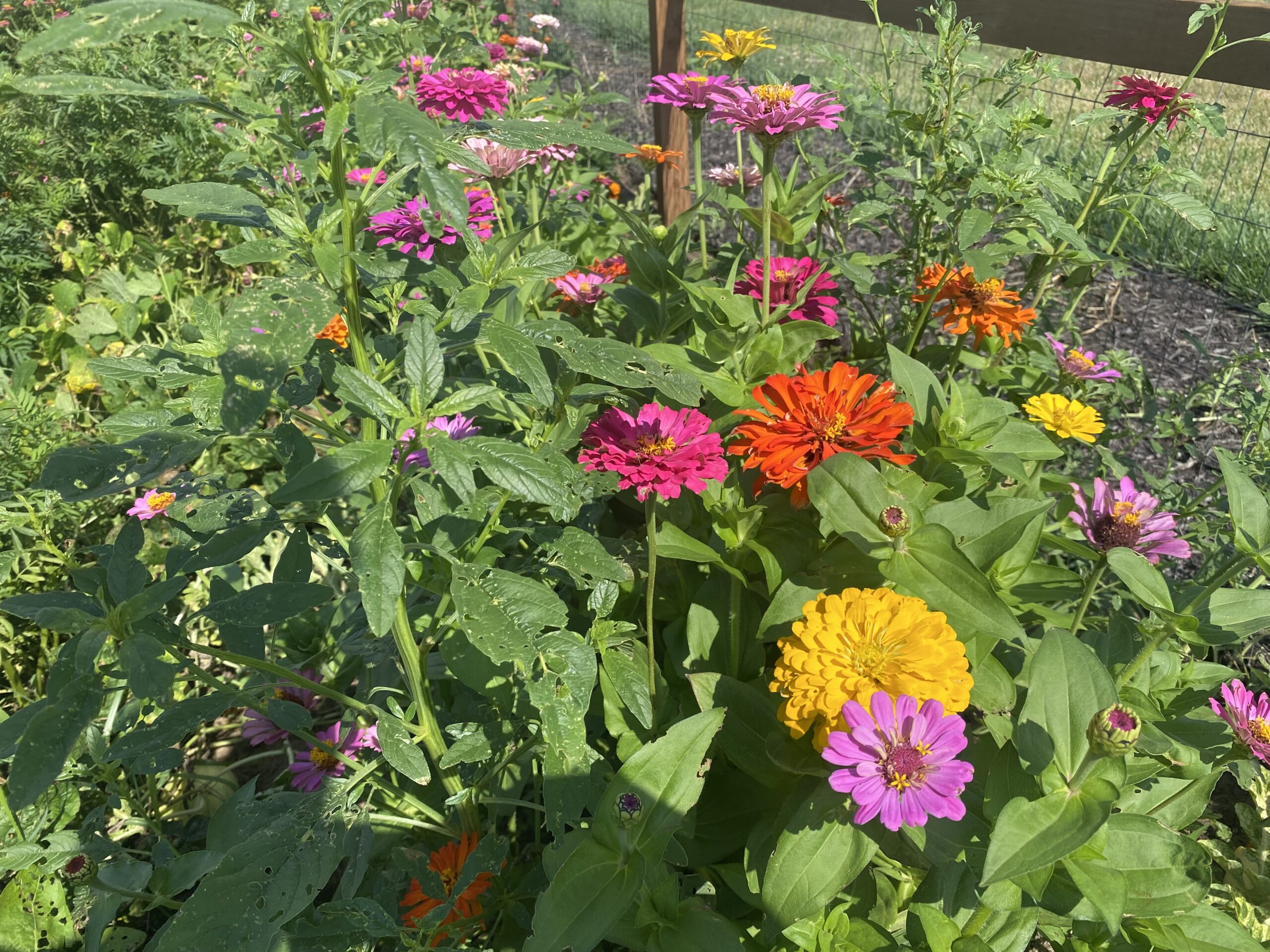
The desiccated husks of tomatoes that never got picked? Sprouted volunteer tomato plants everywhere.

And because I have a soft heart when it comes to flowers and vegetables, I let them grow wherever they pleased.
The result was something of a hot mess, but a beautiful one.
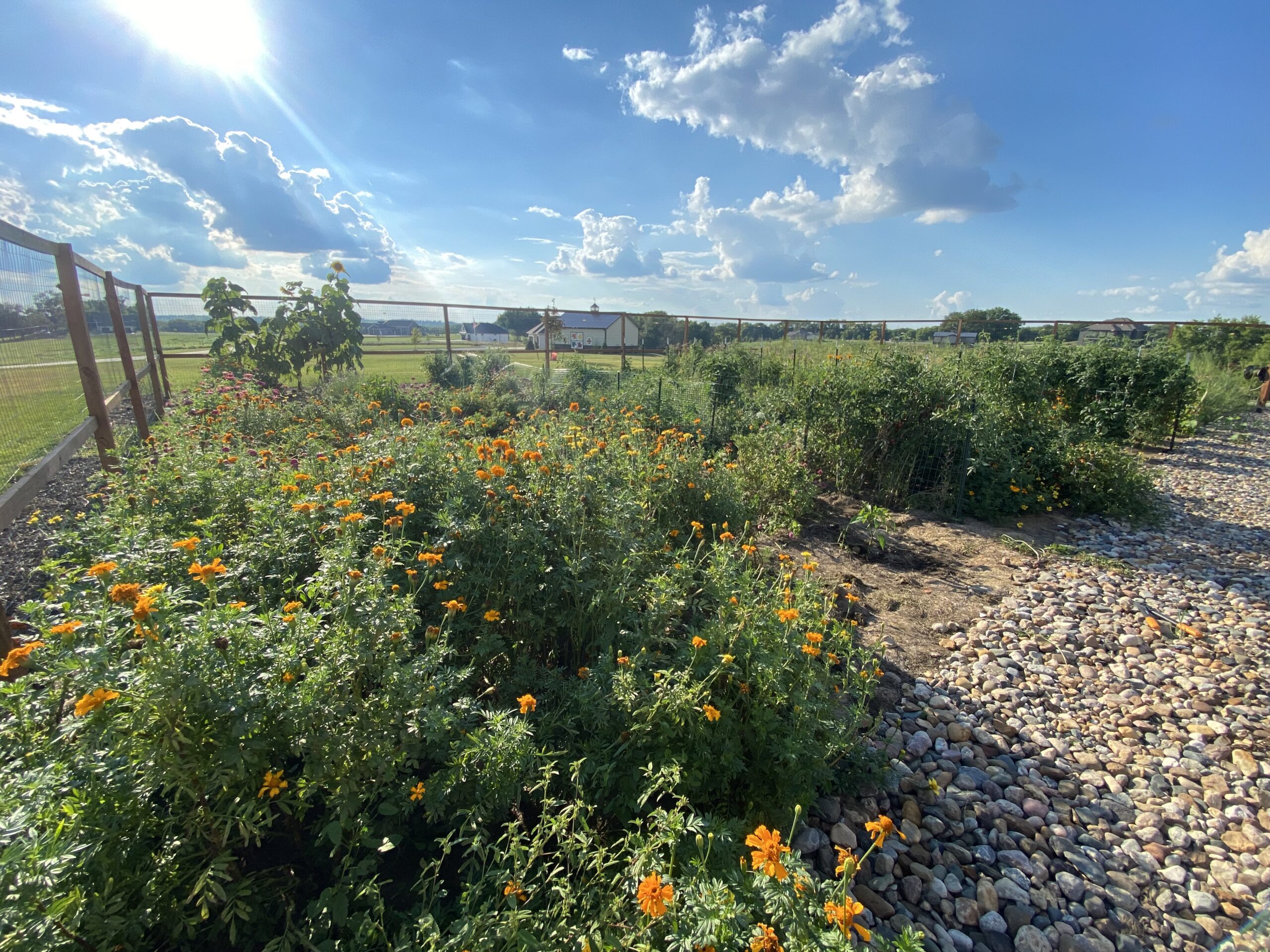
But this, however, is the coolest part: some of those volunteer tomato plants yielded the best-looking, best-tasting tomatoes I had ever grown in my garden. They were hardy and prolific, with great flavor, and minimal cracking or splitting.
So I saved some seeds.
I’ve never tried saving tomato seeds before, but I followed the instructions on the internet and put them in little envelopes labeled “Volunteer Plant #1” and “Volunteer Plant #2” etc. There they stayed until this March, when it was time to see if they would grow.
YOU GUYS IT WORKED.
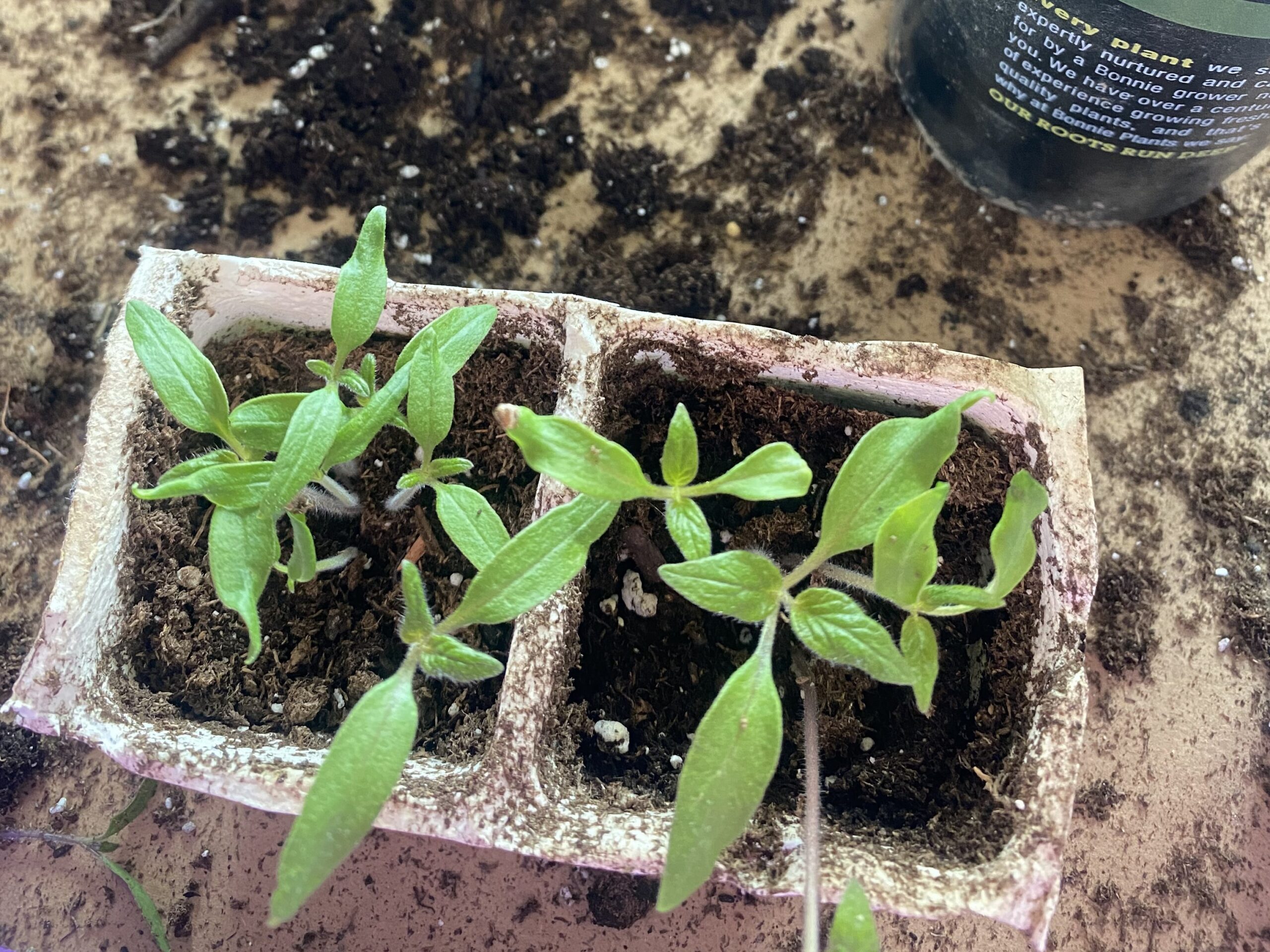
I used a seed starting soil mixture and the left over insert from my children’s Christmas advent calendar (felt pretty ingenious for this one) and very soon I had baby tomatoes.
They grew bigger, and I put them in bigger pots.
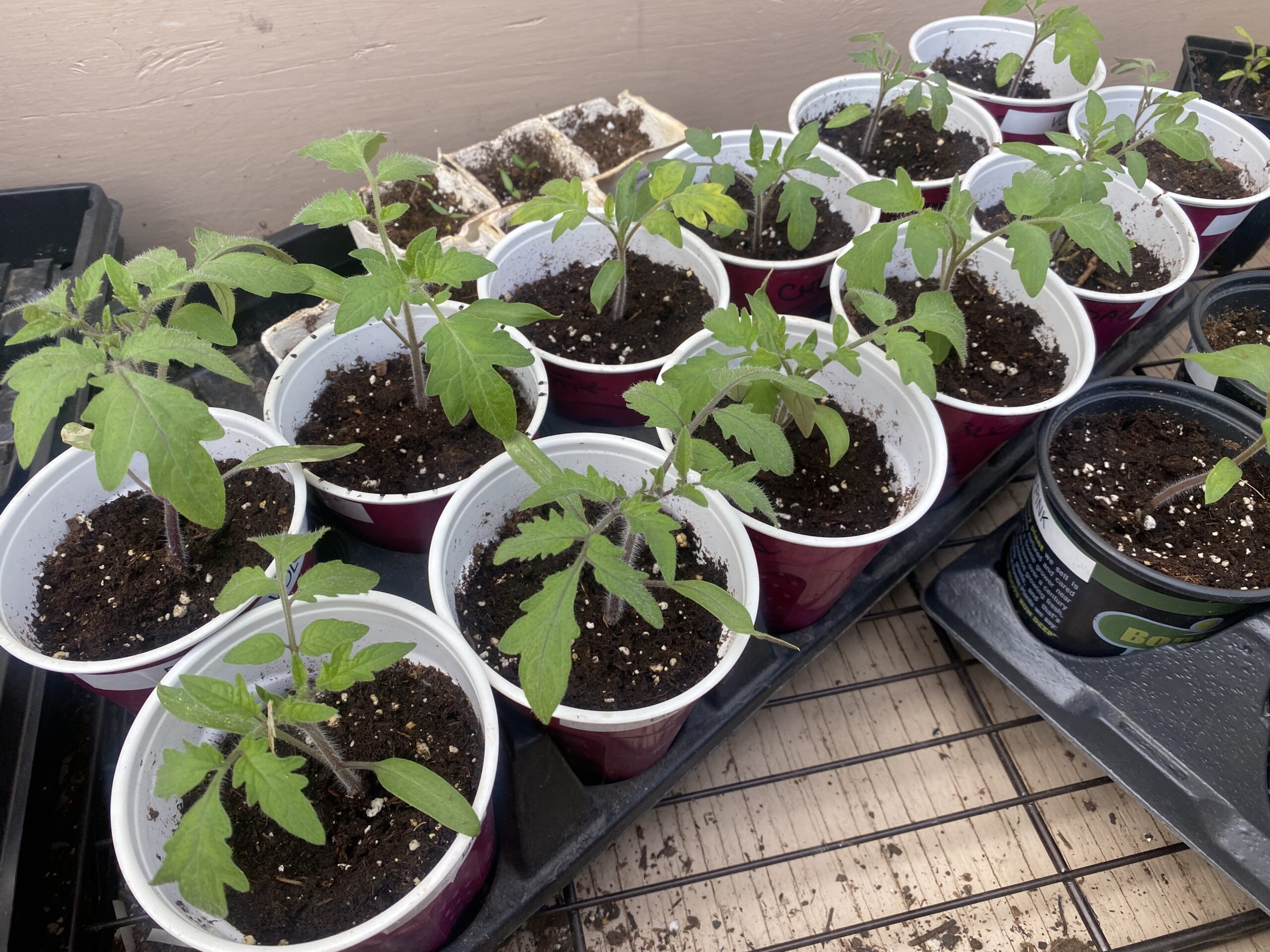
I don’t know exactly what variety of tomatoes they are, because tomato plants can cross-pollenate. So my volunteers could have been a hybrid of tomatoes that I had planted in 2021.
Isn’t that nuts to think that tomatoes I grew in 2021 made more tomatoes that grew in 2022 and now, in 2023, I’m planting the third generation?!
And today was the day that the tomato plants found their home in the garden.
I feel like there should be a life lesson here. Maybe one about finding value in our mistakes, and making the best of the situation. Turning life’s curveballs into something positive.
But I’m not generally one for self-aggrandizing moral philosophizing, so I’ll just let you come to your own conclusions. Or not. This doesn’t have to be about anything more than gardening.
Meanwhile, I’ll be making tomatoes into tomato sauce.
